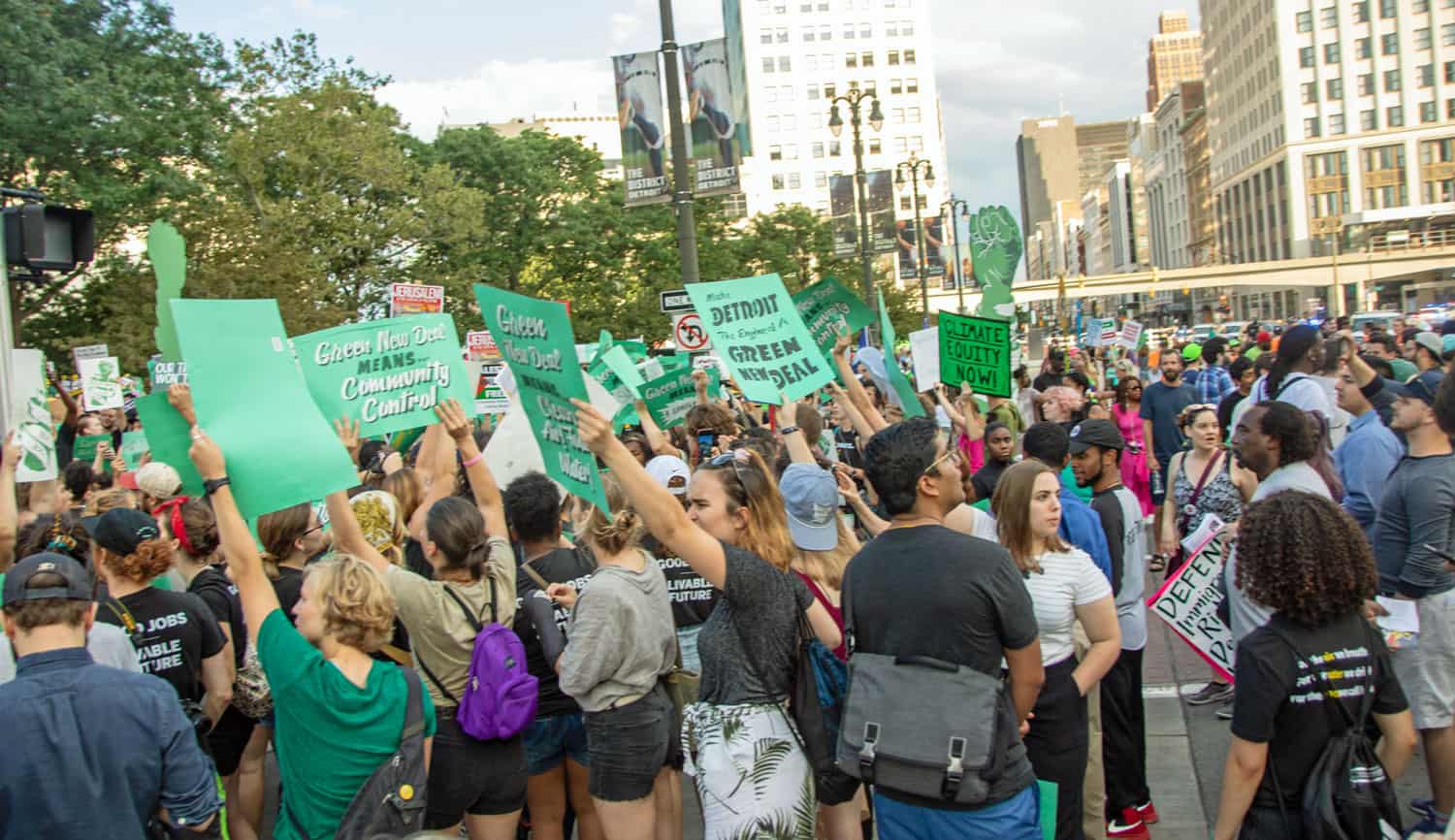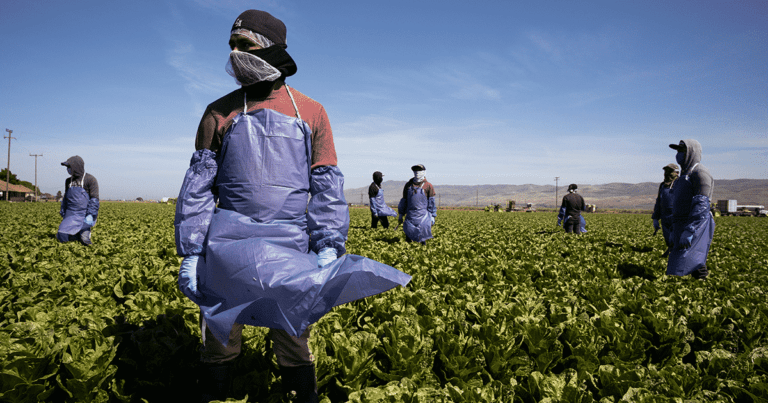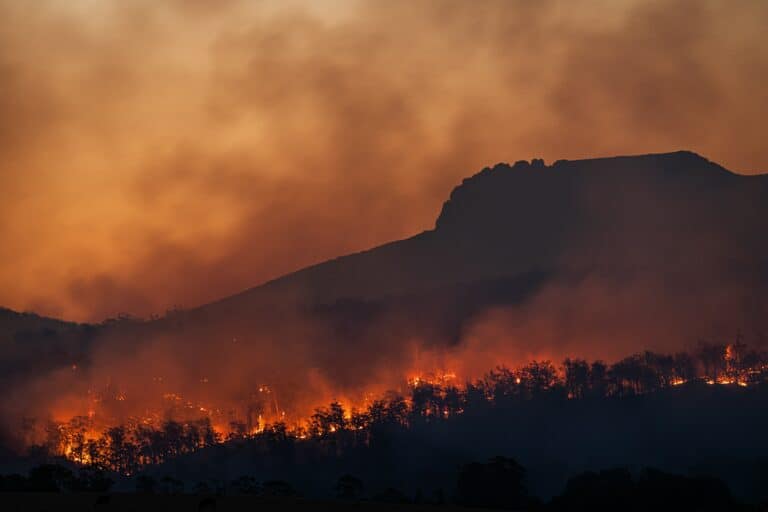Jasmine Loo is a student at Harvard Law School and a member of the Labor and Employment Lab.
At the conclusion of the 2021 UN Climate Change Conference of the Parties (COP26) this November, the 1.5-degrees Celsius goal remained hanging by a thread, propped up by the bold carbon commitments of smaller emitters and the adoption of the Paris Agreement Rulebook. Global warming is driving extreme weather events, such as wildfires and flooding and has increased the Earth’s average temperature by more than 1-degree Celsius. Mitigating efforts are stymied by a global addiction to fossil fuels, lobbying by big oil and gas like Shell and British Petroleum, sustainable energy not being sophisticated enough (particularly electricity storage) and the reluctance of governments (particularly in developing countries) to hamper their economic growth.
Given the lack of progress, labor should step up to pressure governments, companies and non-governmental organizations to reduce their dependence on polluting industries, and protect our Earth for future generations. This post will examine four areas in which climate is reshaping work and economies globally.
- The emergence of climate-recovery workers, unregulated, unprotected and exploited.
The New Yorker’s Sarah Stillman reports on the growing phenomenon of (largely undocumented) migrant workers in the U.S. who follow the increasing incidence of natural disasters, providing both the expertise and the tough manual labor required to rebuild and restore communities after climate disasters. Armed with barely any protective equipment, whether for the grueling cleanup work or against COVID-19, workers like 54-year-old asylum-seeker Bellaliz Gonalez have to live with the very real risk of debilitating injuries due to the unsafe working environment and a lack of (affordable) medical care, should any injury arise.
Faced with the threat of deportation, verbal and physical abuse and constrained by their reliance on their employers for housing and food, these workers feel powerless to speak out against wage theft, unpaid overtime and false representations. Even when complaints are filed, companies hide behind the corporate veil and subcontractors to minimize their own exposure to liability, rendering accountability against these exploitative companies highly challenging.
Resilience Force, a non-governmental organization that focuses on supporting climate recovery workers, assists workers in documentation for litigation, providing basic forms of ID to help regularize the presence of workers and lobbies local community leaders to recognize and protect climate recovery workers. However, much remains to be done to create state-wide protections for recovery workers.
- The emergence of the climate jobs sector should be driven by unions to give rise to sustainable, unionized jobs.
Apart from climate recovery workers, an estimated 24 million new “green jobs” are also emerging, ranging from reducing the carbon footprint and resource consumption in traditional industries, such as manufacturing or construction, to emerging sectors like renewable energy and zero-carbon infrastructure, to unorthodox sectors like green financing or sustainable fashion.
The Climate Jobs National Resource Centre (CJNRC) demonstrates that labor unions can work together to build the green jobs industry in a way that prioritizes both climate commitments and robust labor standards. By building Climate Jobs organizations throughout the United States to advocate for the creation of clean energy businesses, CJNRC is coalescing individual union efforts to lobby state officials, sharing critical knowledge of how labor peace agreements, wage boards and apprenticeships can ensure high-quality green jobs and engaging with the Biden administration on initiatives to support sustainable Climate Jobs.
This movement is known as the ‘just transition’ to environmentally sustainable societies, recognized by the ILO as a managed transition that prioritizes “decent work, social inclusion and the eradication of poverty”. One such coalition of labor unions, Climate Jobs New York, was able to convince New York State to commit to “an unprecedented goal of 9,000 megawatts from offshore wind by 2035” and sign an offshore wind agreement expected to create 1600 largely-unionized jobs and over $3 billion in economic activity, all whilst providing affordable and renewable energy to thousands of households.
- Rising temperatures causing heat-related deaths and injuries, OSHA seeking to regulate.
The general increase in temperature has two main effects. Firstly, it harms workers themselves. Excessive environmental heat stress killed 907 U.S. workers between 1992 and 2019, and injured 31,560 people from 2011 to 2019, particularly in the logistics, landscaping, construction and agricultural industries. Black and Hispanic workers are overrepresented amongst the injured, with Hispanic workers accounting for a third of the total heat fatalities since 2010. Heat increases the risk of a workplace injury by 5% to 7% for a day measuring 85 to 90-degrees Fahrenheit compared to a day measuring 60 to 65-degrees Fahrenheit. It is further likely that this number underestimates the actual impact, either due to a lack of knowledge as to when heat was involved in an injury or death, or because of the latency periods and delays between hazardous heat exposure and the development of serious injury. Secondly, the increase in temperature also reduces the productivity of workers, with total global labor productivity expected to decrease by 18% if temperatures rise by 3-degrees Celsius, particularly for work done outdoors.
In response to the above, the Occupational Safety and Health Administration (OSHA) published a notice in October 2021 announcing their plan to implement new regulations that would protect workers from heat, such as by setting a protective heat standard.
- Climate refugees and internally-displaced persons (IDPs) subject to modern slavery and debt bondage.
When a tsunami submerges your house, or a drought starves your farming family, or a storm engulfs your neighborhood, you are at risk of becoming a climate refugee or IDP, depending on whether you crossed a border whilst seeking safety. Climate change is expected to internally displace 216 million people and result in 143 million climate migrants by 2050. These refugees, desperate, hungry and uneducated, are vulnerable to trafficking, being manipulated into taking up exploitative and barely-paid work, or sold into forced labor or child marriage. In Ghana, a drought forced rural farmers to move south to the city, where they were forced to work long hours for a fraction of the money they earned as previously, unable to pay off the debts they accumulated, and forced to spend the little money they have on accommodation, perpetuating an unending cycle of exploitation and debt bondage. In Bangladesh, the 2020 Cyclone Amphan forced two million to leave their homes, with many of them being trafficked into India and forced into hard labor or prostitution. Most prevalent in West Africa and South Asia, the International Labour Organization (ILO) estimates that there are 40.3 million victims of modern slavery globally. To mitigate this, slavery must be included in the discourse on climate change, with resilience plans including mitigation of displacement and the development of safer migration pathways for climate refugees.
In conclusion, whilst it is clear that climate change is reshaping our economy, the labor movement must not be passive but should continue to be actively involved in driving a just transition into a more sustainable economy.










Daily News & Commentary
Start your day with our roundup of the latest labor developments. See all
July 11
Regional director orders election without Board quorum; 9th Circuit pauses injunction on Executive Order; Driverless car legislation in Massachusetts
July 10
Wisconsin Supreme Court holds UW Health nurses are not covered by Wisconsin’s Labor Peace Act; a district judge denies the request to stay an injunction pending appeal; the NFLPA appeals an arbitration decision.
July 9
In Today’s News and Commentary, the Supreme Court green-lights mass firings of federal workers, the Agricultural Secretary suggests Medicaid recipients can replace deported farm workers, and DHS ends Temporary Protected Status for Hondurans and Nicaraguans. In an 8-1 emergency docket decision released yesterday afternoon, the Supreme Court lifted an injunction by U.S. District Judge Susan […]
July 8
In today’s news and commentary, Apple wins at the Fifth Circuit against the NLRB, Florida enacts a noncompete-friendly law, and complications with the No Tax on Tips in the Big Beautiful Bill. Apple won an appeal overturning a National Labor Relations Board (NLRB) decision that the company violated labor law by coercively questioning an employee […]
July 7
LA economy deals with fallout from ICE raids; a new appeal challenges the NCAA antitrust settlement; and the EPA places dissenting employees on leave.
July 6
Municipal workers in Philadelphia continue to strike; Zohran Mamdani collects union endorsements; UFCW grocery workers in California and Colorado reach tentative agreements.